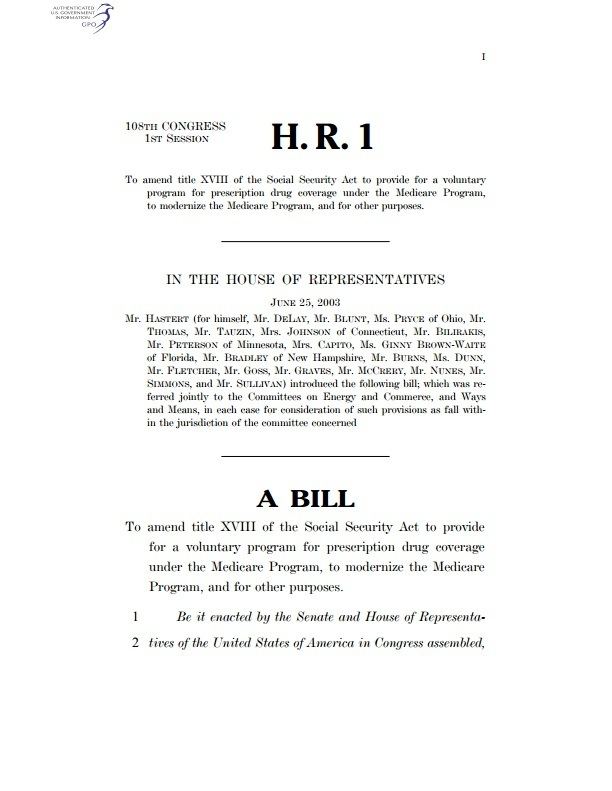 | ||
US Congress
In the United States Congress, in both chambers, a bill is the form used for most legislation, whether permanent or temporary, general or special, public or private. In the House, a bill is introduced by a member placing a hard copy into a wooden box called a hopper. The bill must bear the signature of the member introducing it to verify that the member actually intended to introduce the bill. The member is then called the sponsor of that bill. That member may add the names of other members onto the bill who also support it. These members are called co-sponsors. If a member was a co-sponsor and their name was on the bill when it was introduced, they are called an original co-sponsor. Additional co-sponsors to bills are printed in the Congressional Record in a section designated for that purpose. Members may also remove their names as co-sponsors from bills if the bill is later amended such that they no longer support it; this is typically done via a unanimous consent agreement. This action is also included in the Congressional Record.
After a bill is placed in the hopper, the House Clerk's office assigns a bill number, adds the committee(s) of referral, processes the paper and electronic versions of the bill and makes it available online through the Government Printing Office and the Library of Congress. Bills for each session of Congress can be found online at the Government Printing Office and the Library of Congress.
With the assistance of the Parliamentarian, the Speaker of the House refers the bill to one or more committees. These committees consider legislation relating to each policy area jurisdictions. Thousands of bills are introduced in every session of Congress, and no single member can possibly be adequately informed on all the issues that arise. The committee system is a way to provide for specialization, or a division of the legislative labor. Sometimes called "little legislatures," committees usually have the final say on pieces of legislation. Committees only very rarely are deprived over control of a bill; although this kind of action is provided for in the rules of each chamber.
